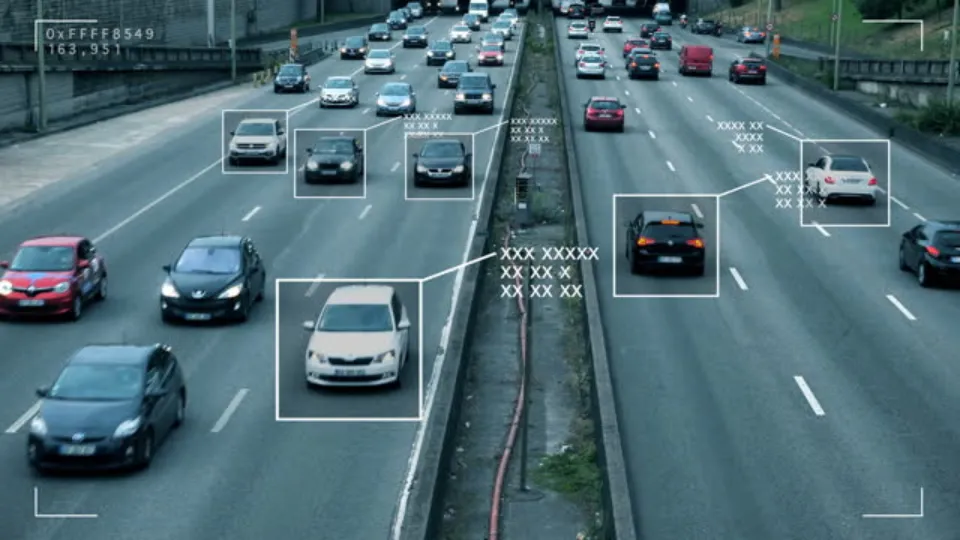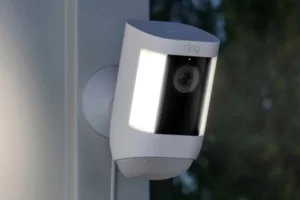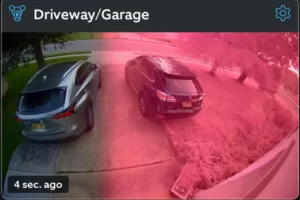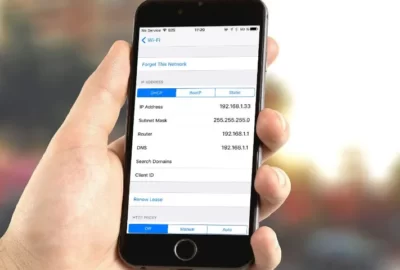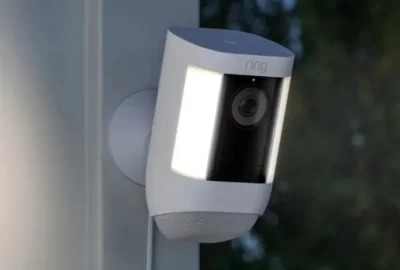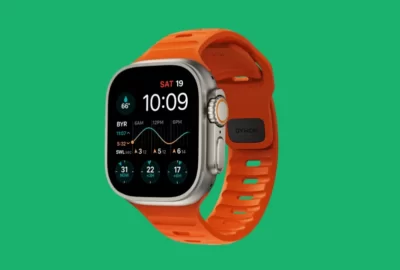In order to monitor and control traffic flow on roads and highways, traffic camera systems are essential. But how to access traffic camera footage?
One of the best tools to counteract the driver responsible for a car wreck denying liability is to obtain traffic camera video footage from nearby intersections.
Unfortunately, this process is not always easy to follow, and most people are unsure of where to begin besides Google.
Before we begin discussing the steps and procedures required to access this critical traffic video recording footage.
How to Access Traffic Camera Footage?
These three techniques will allow you to view traffic camera footage.
Method 1: Contacting Local Traffic Authorities for Access
Contacting your local traffic authorities is frequently the first step if you want to access traffic camera footage. Here’s how you can go about it:
- Find the Appropriate Authority: Do some research to find out which local traffic authority is in charge of overseeing the network of traffic cameras in your region. This could be a traffic management organization, the county or city transportation department, or the highway patrol.
- Find the relevant authority’s contact information. You can find this on their official website, in a phone book, or by contacting the local government offices.
- Formal Request: Get in touch with the traffic authority and find out how to view the video from traffic cameras. You might be required to submit a formal request, outlining the day, hour, and location of the footage you want to see.
- Cooperation and Compliance: Comply with the rules set forth by the authority and offer any required data or paperwork. Don’t violate their privacy or disregard any legal restrictions they may have.
You can improve your chances of getting access to the traffic camera footage you require for private or informational purposes by getting in touch with local traffic authorities and following their established procedures.
Related Reading: How Long is Traffic Camera Footage Stored?
Method 2: Exploring Online Platforms for Publicly Available Footage
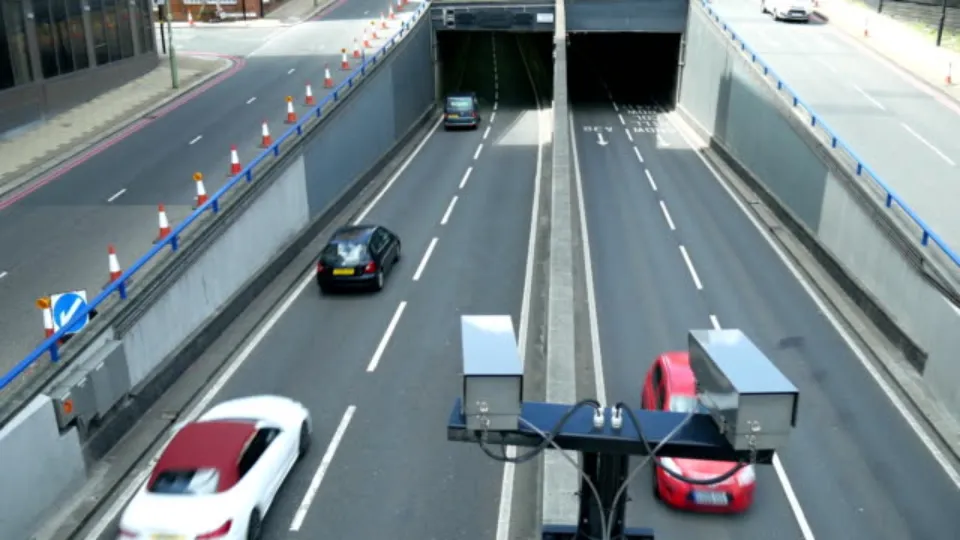
Exploring online platforms can be a useful strategy when looking for access to traffic camera footage. Consider the following steps:
- Conduct research to find online services that give users access to traffic camera footage that is publicly available. These platforms may include the official websites of public safety organizations, traffic management organizations, or transportation departments.
- Visit the websites of your local governments. Many local governments offer access to recorded or live traffic camera footage on their official websites. Look for specific sections or web pages devoted to traffic control or public safety.
- Investigate traffic monitoring applications that compile live traffic camera feeds from various sources. Users can view various camera locations while using these apps, which frequently offer real-time footage.
- Verify Legality: Make sure the sources you use are reputable and legitimate. To avoid potential security risks or inaccurate information, only use reputable apps or official websites.
You can easily access real-time or archived footage of traffic cameras by looking into online platforms that provide publicly available traffic camera footage. By doing this, you can gain insightful knowledge about the current state of the traffic and make wise decisions about your commute or travel schedule.
Method 3: Filing a Public Records Request for Traffic Camera Footage
Consider submitting a public records request if you are unable to access traffic camera footage through online services or direct communication with regional traffic authorities. Here’s how you can proceed:
- Find out about public records laws in your jurisdiction. The procedures for requesting access to data held by the government, such as traffic camera footage, are outlined in these laws.
- The department or organization in charge of overseeing the traffic cameras should be identified as the relevant agency. This might be a department of the local government or the police.
- Draft the Request: Write a formal letter requesting access to traffic camera footage. Include pertinent information like the time, date, and location of the footage you’re looking for.
- Send the request to the appropriate person within the department or agency by sending it to the designated address. To ensure that they can respond to your request, make sure your contact information is accurate.
- Reminder: Exercise patience as the processing of requests for public records may take some time. Check on the status of your request and provide any additional information that may be needed by the organization, if necessary, by following up with them.
A legal way to obtain such data is by making a public records request for traffic camera footage.
However, it is crucial to abide by the applicable laws and rules governing public records requests in your jurisdiction.
How Long is Traffic Footage Stored?
Depending on where and what kind of traffic camera was used to make the recording, government organizations may store traffic cam footage for a variety of lengths of time.
While some agencies may keep the recorded video for over a year, others may overwrite or delete the traffic cam footage from storage as soon as 24 to 72 hours to make room on their hard drives for newer files of the recorded traffic camera video.
You should submit your initial request as soon as you can because some transportation agencies only keep the video footage from traffic cameras for a short period of time. Once it has been deleted, it is too late and the video footage will never be recovered.
The crucial next step is to review and confirm the footage that was sent, but there is more to do than just make sure it is the correct footage that captures the events leading up to your auto accident.
You can view the accident from a perspective you did not have when you were hit by the object by watching the video footage.
We have a limited view through the front, back, and side windows of our cars, which limits our ability to see everything that happens during an accident.
Conclusion: How to Access Traffic Camera Footage
Responsible use of traffic camera footage is essential to protect individuals’ privacy and maintain trust in the use of surveillance technology.
By adhering to these best practices, you can make use of traffic camera footage for what it was intended for while upholding legal requirements and privacy rights.

